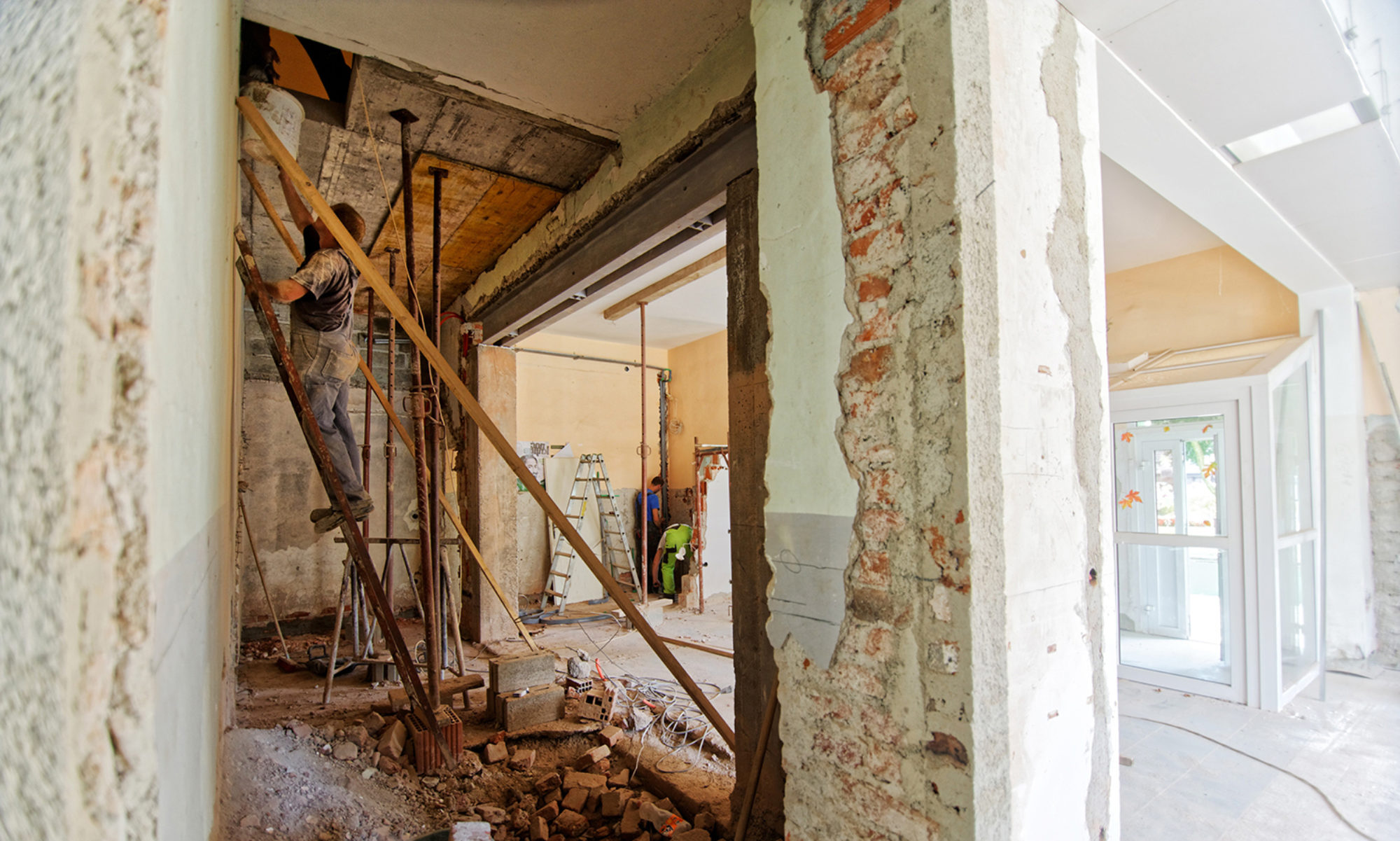How to Choose the Right Light Bulb for Each Fixture – Easy Buying Guide
This article doesn’t go into details about all types of light bulbs in the market. Nor into the technical specifications of each.
I’ll just help you choose the right light bulbs for every fixture you’re buying, as most models don’t include them, and present some options.
This is the complement of a series of articles where I teach how to choose light fixtures. Read here about types of fixtures. And see here how to light up your living room, dining room, bedroom, bathroom, kitchen and laundry room.
Page Contents:
How do I know the right light bulb shape, base, voltage and wattage?
Light fixtures are compatible with certain types of bulbs only. So, after choosing a light fixture, you won’t have to choose from many types of bulbs. This will actually be quite easy.
First find out if the bulbs are included in the fixture you’re buying or not. If not, check the product specifications and write down the following details:
- Recommended bulb shape
- Bulb base
- Voltage
- Maximum wattage per bulb
You must follow the fixture specification for the bulb base and voltage, but you can choose a different shape if you want. Just make sure that the chosen shape will fit in the fixture, by checking the dimensions of both.
Ar for the wattage, look for the maximum if you want the brightest light. You can choose a smaller wattage if you want less intensity, for a less bright room. Or because you’re spreading more fixtures with less intensity each.
Filtering these specifications according to the chosen fixture, you’ll get to see your real options of bulbs. Now you can decide a few things to make sure to choose the right light bulb.
Should I get a dimmable, 3-way, shatter resistant or smart light bulb?
Once you are comparing only bulbs that will suit your light fixture, a good way to start choosing is by filtering the ones that offer the features you need, in case you need any:
- Dimmable: if you chose a dimmable fixture, that is, you want a switch that allows you to control the light intensity, you also need a dimmable bulb. Not every bulb allows it.
- 3-way: similar to the dimmer, 3-way switches also offer light intensity options, but only 3 levels instead of a gradual scale. Again, you need a compatible bulb if you plan to use this type of switch.
- Shatter resistant.
- Smart: can be connected to the wifi, so you can control them through your phone. They also allow scheduling and changing colors.
Color temperature: soft white vs bright white vs daylight bulbs
Among the remaining options, you’ll probably find different color temperatures. Take a look at this scale:

The bulb’s color temperature will tell you whether the light is more bluish or yellowish. It is measured in Degrees Kelvin (K).
- Up to 2600K: candlelight is most often used for decorative fixtures, for its yellowish light, usually providing low luminosity.
- 2700K: soft white light is cozy and warm. This was the temperature of all bulbs from 1879, when the incandescent light bulb was invented, to 1938, when the fluorescent type popped up, with a cooler light.
- 4100K: bright white/cool white light is ideal for museums, photo studios and beauty parlors, as it is neutral and doesn’t interfere with the objects colors.
- Over 5000K: daylight is common in offices, classrooms, clinics and other places meant to be productive rather than cozy.
For your home, my tip is to choose around 2700K for places like living rooms and bedrooms, and between 2700K and 4100K for bathrooms, kitchen and laundry room.
For having cozy light in these rooms as well, you can keep 2700K for all bulbs. If you prefer to have an accurate color perception for cooking, making up, etc, go for bright white lamps.
In case your kitchen is open to the living room, beware of different color temperatures, as this difference will be perceived.
For all rooms I recommend avoidind bulbs over 4200K, which are too strong, ugly and uncomfortable.
Don’t worry about light intensity when choosing the color temperature. A bright white or daylight bulb may seem to provide stronger light, but it does not. What makes luminosity stronger or weaker is the bulb wattage.
Which light bulb type is better: LED, HID, fluorescent, CLF, incandescent or halogen?
Bulbs are classified according to their operating system:
- LED and HID: more expensive, but much more efficient. They usually pay off after a few years, due to the economy on the electricity bill and to their durability. They’re available in a wide range of shapes and color temperatures.
- Fluorescent and compact fluorescent (CFL): cheaper and also economical on their electricity consumption, this type usually doesn’t look as good, being recommended for fixtures that don’t show the bulbs. They’re highly polluting if thrown away in common garbage.
- Incandescent and halogen: due to their outdated and inefficient operating system, that wastes energy on creating heat, these bulbs were banished from the european market in 2012. They are still sold in some countries, but I don’t recommend them, as you can find more efficient options in the same shape and color temperature.
That’s all! See how easy it is? Well, you don’t need to become an expert in all the technical specifications in order to choose right light bulbs for your home.
